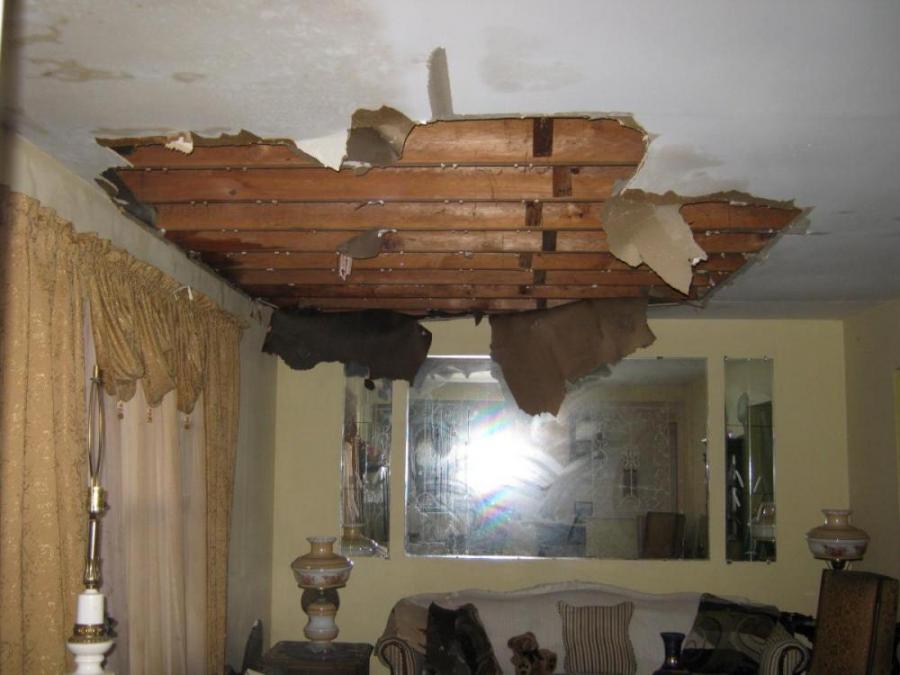Do's & Don'ts of Water Damage.
Do's & Don'ts of Water Damage.
Blog Article
They are making several great observations relating to What You Can Do At Home To Prevent Fire And Water Damage in general in this content directly below.

Water provides life, yet water breach on some parts where it's not meant to be can cause damages and aggravation. If the water seeps into your framework, it can peel away the surface area as well as wear down the material's foundation. Mold and mildew as well as mildew likewise thrive in a moist setting, which can be hazardous for your as well as your household's health and wellness. On top of that, houses with water damages scent old and also mildewy.
Water can originate from several resources like tropical cyclones, floodings, burst pipes, leakages, and sewer problems. It's much better to have a functioning expertise of safety and security precautions if you have water damages. Right here are a few standards on just how to take care of water damages.
Do Prioritize Residence Insurance Coverage Insurance Coverage
Seasonal water damage can come from floodings, seasonal rainfalls, as well as wind. There is likewise an incident of an unexpected flooding, whether it originated from a faulty pipeline that suddenly ruptures into your house. To protect your home, obtain house insurance coverage that covers both acts of God such as all-natural tragedies, as well as emergencies like damaged plumbing.
Do Not Neglect to Switch Off Utilities
When disaster strikes as well as you remain in a flood-prone area, switch off the major electric circuit. Shutting off the power prevents
electric shocks when water comes in as water works as a conductor. Do not fail to remember to switch off the major water line valve as a method to avoid even more damages.
If the floodwaters are obtaining high, keep your furnishings secure as they can move and also trigger added damage.
Do Keep Proactive and also Heed Weather Condition Notifies
Tornado floodings can be extremely uncertain. Stay prepared and also proactive at all times if you live in a location pestered by floodings. Listen to the news and discharge cautions if you live near a body of water like a creek, river, or lake. Take out your belongings and vital documents from the first stage as well as cellar, after that placed them in a refuge and the highest feasible level.
Don't Ignore the Roof
Your roofer needs to take care of the malfunctioning rain gutters or any type of various other signs of damage or weakening. An evaluation will certainly prevent water from moving down your wall surfaces as well as saturating your ceiling.
Do Take Notice Of Little Leaks
There are red flags that can attract your interest and also suggest to you some damaged pipes in your residence. Indications of red flags in your pipes consist of bubbling paint, peeling wallpaper, water streaks, water stains, or dripping audios behind the wall surfaces. Repair service and check your plumbing repaired before it results in large damages to your home, funds, as well as a personal nightmare.
Do Not Panic in Case of a Burst Pipeline
Timing is vital when it comes to water damage. If a pipe ruptureds in your residence, promptly shut off your primary water shutoff to reduce off the resource as well as protect against more damage. Call a reliable water damages remediation expert for help.
Water offers life, yet water breach on some parts where it's not supposed to be can result in damages and also inconvenience. In addition, houses with water damages odor old as well as stuffy.
Seasonal water damage can come from floods, seasonal rainfalls, as well as wind. Indications of red flags in your pipelines consist of bubbling paint, peeling off wallpaper, water touches, water stains, or leaking audios behind the walls. If a pipe bursts in your residence, right away shut off your primary water valve to cut off the source and also protect against even more damage.
Some Do's & Don't When Dealing with a Water Damage
DO:
Make sure the water source has been eliminated. Contact a plumber if needed. Turn off circuit breakers supplying electricity to wet areas and unplug any electronics that are on wet carpet or surfaces Remove small furniture items Remove as much excess water as possible by mopping or blotting; Use WHITE towels to blot wet carpeting Wipe water from wooden furniture after removing anything on it Remove and prop up wet upholstery cushions for even drying (check for any bleeding) Pin up curtains or furniture skirts if needed Place aluminum foil, saucers or wood blocks between furniture legs and wet carpet Turn on air conditioning for maximum drying in winter and open windows in the summer Open any drawers and cabinets affected for complete drying but do not force them open Remove any valuable art objects or paintings to a safe, dry place Open any suitcases or luggage that may have been affected to dry, preferably in sunlight Hang any fur or leather goods to dry at room temperature Punch small holes in sagging ceilings to relieve trapped water (don't forget to place pans beneath!); however, if the ceiling is sagging extremely low, stay out of the room and we'll take care of it DO NOT:
Leave wet fabrics in place; dry them as soon as possible Leave books, magazines or any other colored items on wet carpets or floor Use your household vacuum to remove water Use TV's or other electronics/appliances while standing on wet carpets or floors; especially not on wet concrete floors Turn on ceiling fixtures if the ceiling is wet Turn your heat up, unless instructed otherwise

We were shown that editorial on Reducing Your Risk Of Water And Fire Damage At Home through an acquaintance on a different site. If you enjoyed reading our blog entry if you please remember to pass it around. Thanks a lot for your time spent reading it.
Report this page